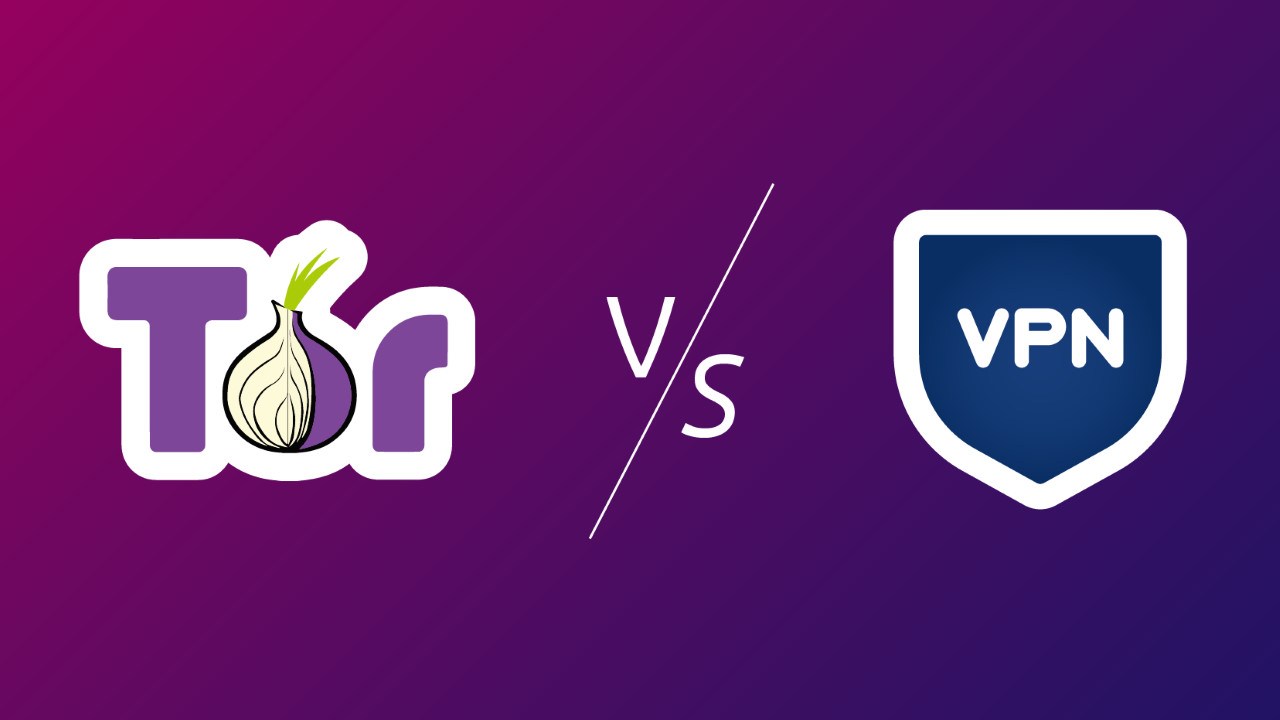

The Tor Project wiki includes an explanation of the risks associated with this configuration, but we will summarise the three main points below.ġ. The only reason you should use a VPN over Tor is to gain access to services that block Tor users. In fact, it reduces your anonymity in significant ways that we will discuss below. It is important to understand that supplementing Tor with a VPN does not strengthen the security or the anonymity of your online activities. We will not be discussing this technique in detail because Tor bridge relays are generally considered a better way to achieve that goal.) Risks (Routing Tor over a VPN adds a VPN hop before your Tor entry relay and is sometimes used to reach the Tor network from locations where it is blocked. This method is often called "VPN over Tor" to distinguish it from "Tor over VPN" configurations, which work in the opposite direction. One way to achieve this, while still enjoying most of the anonymity benefits of Tor, is to add a VPN "hop" after the exit relay at the end of your Tor circuit. If you need anonymous access to these sites - or if you need to access them at all while using Tails - your requests will need come from somewhere other than a known Tor exit relay. So, any external observer interested in your online activities can know that you’re using Tor.Using VPN over Tor for a secure anonymous connection to the internetĪs shown in the table of investigative resources in the Leak and Onion Soup guide, there are some useful web services that reject Tor users as a matter of policy. Moreover, those nodes in the network are public (and rather known if not famous). But every connection has to go through Tor’s entrance and exit relays. Tor is a thoroughly secure protocol indeed. Additionally, it’s not hard for a website to tell if an incoming connection comes from the Tor network so that it can block it. Tor won’t allow you to choose the location for the web to see as yours – at least, not by default. For instance, investigative journalists talking to their sources, whistleblowers, dissidents, and activists need to use Tor to communicate without leaving any evidence trail behind, which is a necessity when your foes are mighty, ruthless, and dominate the standard internet communication channels. For untraceable communication: There are a few situations in which standard private communication methods do not suffice.Another one is the protection of online anonymity and privacy.


However, there are good reasons to use it too. The reputation of the darknet websites is terrible, often associated with digital criminal activities such as illegal black markets.

Anonymous web access: A Tor connection is practically impossible to trace back to its originating user.The following tasks are better done when using Tor than a VPN: Related read: What is Onion over VPN Tor: When and why use it? So what is the difference? Which one should you use? This guide answers this question by comparing VPN vs Tor in detail. Yet, Tor performs these two functionalities equally well. While any other feature is a plus, you can’t call it a VPN if it fails at these two. These two features ( IP hiding and encryption) are the most basic functions that every VPN must perform. It scrambles every piece of data coming in and out of a user’s device so that any external observer sees nothing but white noise and cannot figure out what the user is doing online. Likewise, encryption is also a common feature. This masks a user’s actual IP address (and hence, their location) from any third parties, thus preventing external tracking. For example, both redirect internet traffic through proxies. Of course, VPNs and Tor also have a few things in common. However, their characteristics make their use cases different, even if they supposedly perform the same essential task. Virtual Private Networks (VPNs) and the Tor network are two very different technologies created to fulfill the same purpose: keeping a user’s online privacy safe.


 0 kommentar(er)
0 kommentar(er)
